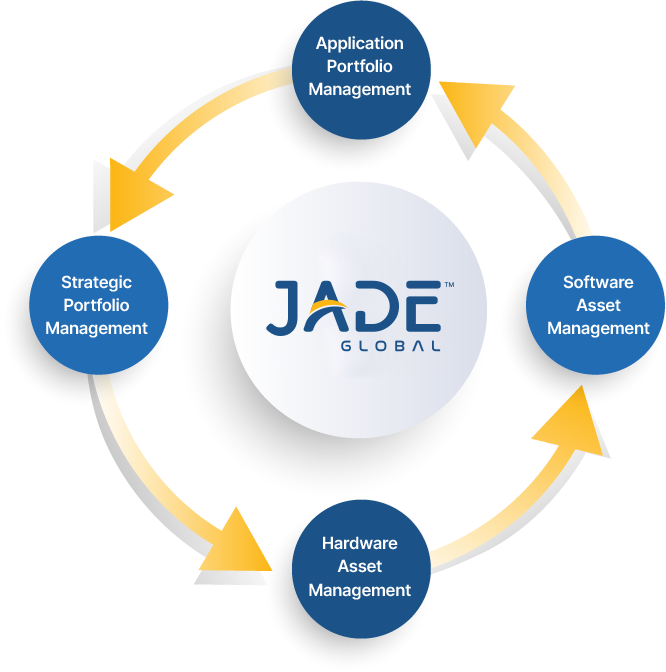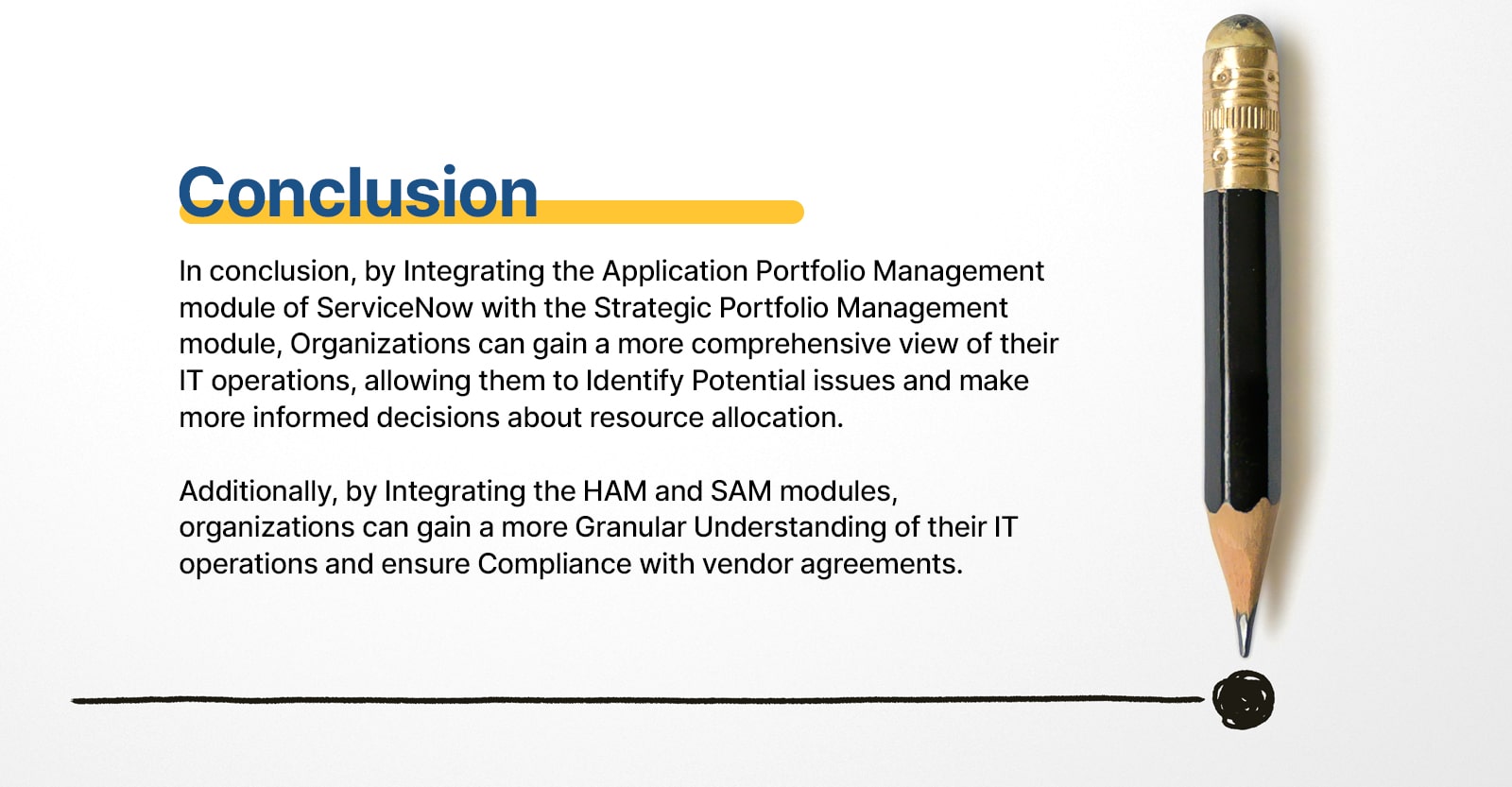ServiceNow's Strategic Portfolio Management (SPM) is a powerful tool that can be used to manage projects and services in various industries. It provides a centralized view of the projects and services in the planning, development, and delivery stages, allowing organizations better to understand the status of their projects and services, identify potential issues, and make more informed decisions. In this blog, we will discuss how ServiceNow SPM can be used efficiently and how it can be customized to enable businesses in various industries, focusing on using financial views in ServiceNow SPM.
Integration of ServiceNow SPM with other Modules
One way to use ServiceNow SPM efficiently is to integrate it with other ServiceNow modules, such as IT Operations Management (ITOM) and IT Service Management (ITSM). This gives organizations a more holistic view of their IT operations, and better manages the relationship between projects and services. For example, by integrating SPM with ITSM, organizations can track the progress of a project and its associated service requests, incidents, and problems. This allows them to identify any issues impacting the project's progress and take corrective action.

Benefits of Customizing ServiceNow SPM
Customizing ServiceNow SPM can also be beneficial. It can be done by creating custom fields and forms specific to an organization's needs. For example, a custom field could be created to track the business value of a project. In contrast, a custom form could be created to capture the specific information required for a project's funding application. Additionally, custom workflows can be created to automate tasks and approvals, such as submitting and approving funding applications, further streamlining the process and making it more efficient.
ServiceNow SPM and Financial Management
Another important aspect of SPM is financial management. ServiceNow SPM allows organizations to track and manage their funding requests and approvals easily. It allows them to create funding applications, submit them for approval, and track their status. Additionally, SPM provides budget management and forecasting, enabling organizations to plan for future projects and services and make informed decisions about resource allocation. This is especially important for organizations that operate in highly regulated industries, such as finance or healthcare, where compliance and financial reporting are critical.
One of the key features of ServiceNow SPM is the ability to create financial views. These views allow organizations to see their portfolio of projects and services from a financial perspective. This includes budget tracking, forecasting, and reporting on actual costs versus projected costs. Financial views can also be customized to include specific data fields and calculations relevant to an organization's needs. For example, a financial view could be created to show the total cost of a project, including both direct and indirect costs.
Financial Views using ServiceNow SPM
ServiceNow's Strategic Portfolio Management (SPM) is a powerful and useful tool for managing various industries' projects and services. By integrating it with other ServiceNow modules, customizing it to fit an organization's specific needs, and automating tasks and approvals, organizations can improve their efficiency and make more informed decisions. Additionally, SPM's financial views provide organizations with a powerful tool to manage their budgets and resources, making it an essential tool for organizations looking to optimize their project management process.
ServiceNow's Application Portfolio Management (APM) and Strategic Portfolio Management (SPM) modules are powerful tools that organizations can use to manage their IT operations. Both modules provide valuable insights into the status of projects and services, but when used together, they can provide an even more comprehensive view of an organization's IT portfolio.
ServiceNow APMs Centralized View for Financial Management
The APM module of ServiceNow provides organizations with a centralized view of their application portfolio. Allowing them to track and manage the entire lifecycle of their applications, from development to retirement. This includes information such as the application's owner, business value, and technical details. The APM module also allows organizations to track and manage their application licenses, ensuring compliance with vendor agreements.
Centralized view of Projects and Service using ServiceNow SPM
The ServiceNow SPM module, on the other hand, provides organizations with a centralized view of their projects and services. It allows them to track the progress of projects, identify potential issues, and make more informed decisions about resource allocation. The ServiceNow SPM module allows organizations to track and manage their funding requests and approvals.
When used together, the APM and SPM modules provide organizations with a comprehensive view of their IT operations. This includes information about the applications being used, the projects and services being delivered, and the available funding. This can help organizations identify potential issues and make more informed decisions about resource allocation.
Integration of ServiceNow SPM and APM with Hardware Assets
Additionally, by integrating the APM and SPM modules with the Hardware Asset Management (HAM) and Software Asset Management (SAM) modules of ServiceNow, organizations can gain an even more granular understanding of their IT operations. The HAM and SAM modules provide organizations with information about the hardware and software assets, including vendor, warranty, and maintenance agreements. By integrating this information with the data from the APM and SPM modules, organizations can make more informed decisions about their IT operations and ensure compliance with vendor agreements.














